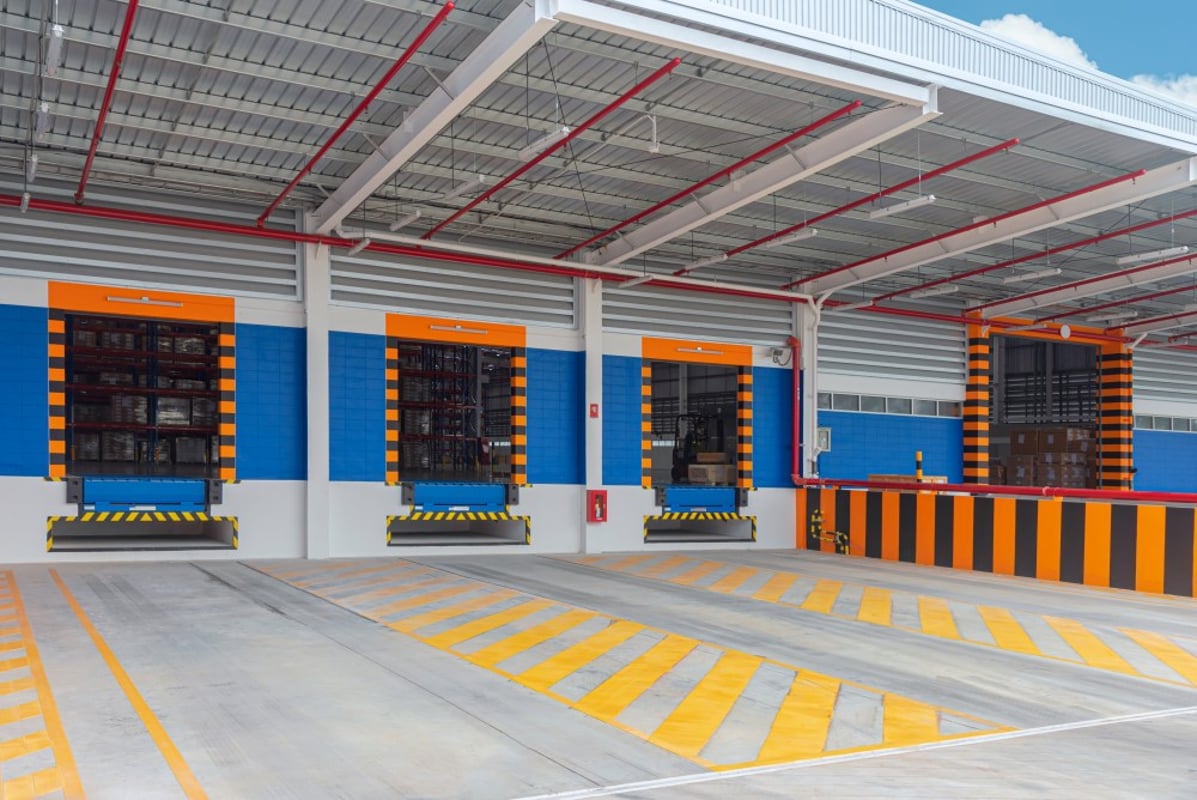Truth be told, I’m not a good chef-especially when it comes to multiple course meals. Not only do I lack the dexterity needed to accurately julienne cut carrots, but often the biggest hurdle is time management. Making sure prepping one part doesn’t bottleneck other cooking processes has delayed many a meal and turned what could be great culinary experiences into sub-optimal dining. That’s why I know the importance of time management and its applications to logistics. One logistics area that reminds me of this the most is dock scheduling.
Much like in my cooking example, if I spend too much time loading or unloading one delivery, it clogs the dock area and delays the day’s schedule-potentially resulting in fines and missed deliveries.
With all the automation, software updates, and newly discovered best practices for operations, we have to ask the question: is dock scheduling dead?
Is Dock Scheduling Dead?
In a sense, perhaps, but let me explain. There’s the old school method of creating a schedule for loading docks on a whiteboard or shared excel file. That method is dying a slow death. It’s an isolated system that requires effort from multiple parties to record information, and it’s prone to mistakes from the manual user input-which can result in further inefficiency and costs.
So, this type of dock scheduling is dead in the world of modern warehousing. However, the concept of carriers delivering goods to a warehouse’s loading dock lives on. Like in the modern advances of cooking, we no longer need to burn food over a fire but can bake and broil as well. And similarly to logistics management, a new and improved type of dock scheduling has taken hold in modern warehouse enterprises. A dock scheduling system that’s web-browser-based, flexible, and efficient in a way that surpasses all antiquated systems that have come before.
To make sure your dock scheduling process lives up to the best version possible, several criteria need to be fulfilled.
Dock Scheduling Software Criteria
A modern dock scheduling tool should do the following:
- Allow flexibility: When deliveries get delayed and other unforeseen circumstances occur that may prevent a delivery from arriving when scheduled, scheduling tools need to provide real-time interaction. In order to prevent a bottleneck that pushes back the rest of the deliveries that day, use technology that easily allows your warehouse (or the carrier) to find open time slots for deliveries. This is an absolute must in these dynamic scenarios-which have increased in frequency with the volume flowing through the supply chain.
- Create visibility: Everyone should have visibility to see what’s going on. Not a white board only available to those present in the room, but to everyone working within the warehouse system. Having a cloud-based system that has accurate, real-time appointment information accessible from mobile devices delivers peace of mind and keeps everyone on the same page, regardless of their location.
- Promote self-service: If customers could reserve their own delivery time slot based on the warehouse’s availability, this creates multiple benefits to the customer. For starters, customer satisfaction improves from the ability to choose their own timetable. Furthermore, creating this one touch point process eliminates any manual data entry errors that can occur from scheduling carrier deliveries over the phone/email.
- Integrate with WMS software: If your dock scheduler doesn’t talk to the warehouse management system (WMS), then what’s the point? The information will only be in a silo and won’t be useful to the other areas of the warehouse. If a 3PL offers kitting and assembly but has run out of materials, knowing when the next materials shipment arrives to assemble is crucial to production.
- Reduce labor costs and detention fees: 63% of drivers will spend on average more than three hours waiting to load/unload their cargo. The detention fees associated with paying a driver to hold onto cargo and preventing them from heading to their next destination can stack and result in thousands of dollars that get passed along to the warehouse. Furthermore, paying for labor that isn’t working or spends time waiting for delayed deliveries could also add up to cost the warehouse thousands more in a single month.
Dock Scheduling Conclusion
While other bells and whistles can be added to a general dock scheduling system, the ones listed above rank among the most important to consider. A good dock scheduling tool, like SmartDock, can make sure each delivery isn’t delayed, detained, or derailing worker operations. And like every chef who has to manage their own meal planning, a warehouse manager is every bit as responsible for their customers’ “optimal dining experience.”
If you’d like to learn more about the cloud-based dock scheduling described above, you can find more information at Book Appointments with SmartDock.






